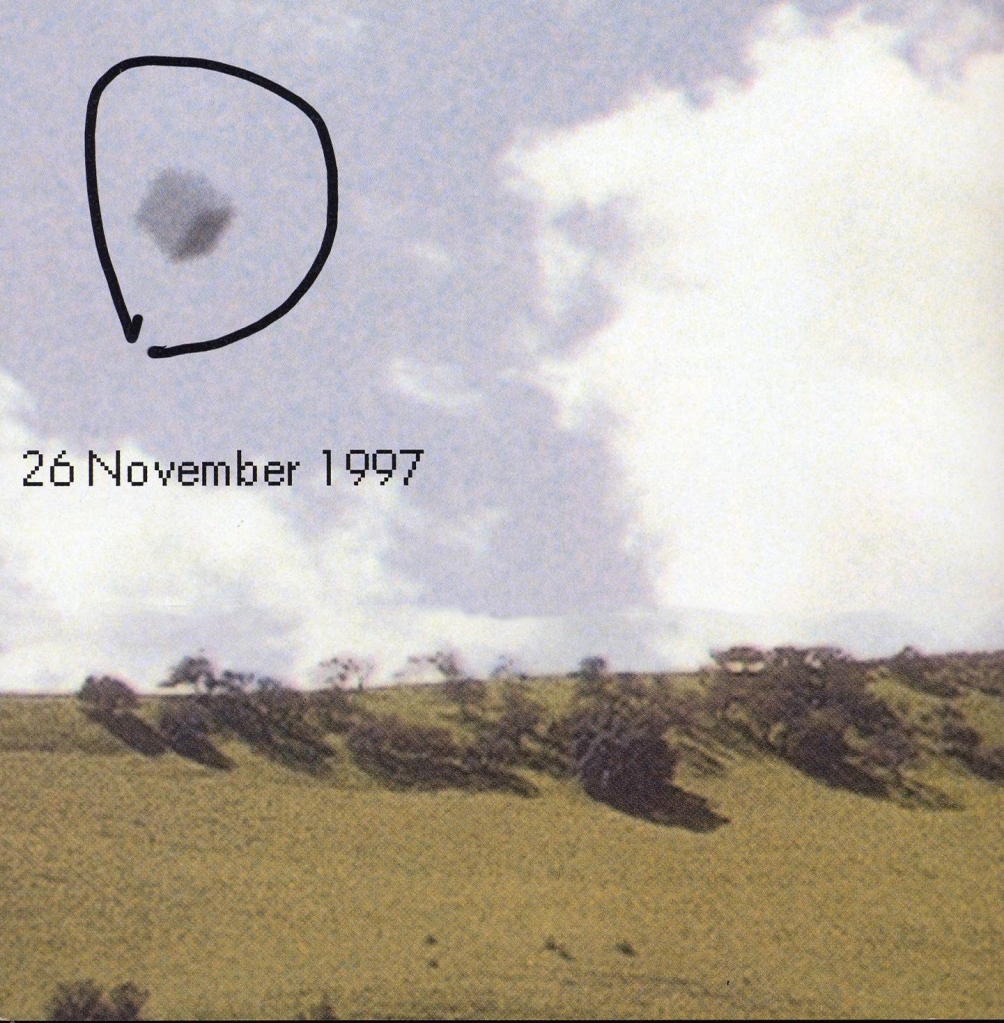
By Andrew Perez
In reading “We Are All Whitman: #2: Song of/to/My/Your/Self”, one will discover Ambroggio has achieved the same stretching of the reader’s eye that Whitman did in “I Sing the Body Electric”. Ambroggio repeatedly focuses on things that are diminutive in size, like “This Self”, “virginal atom”, “seed in its newly bloodstained earth”, and increases the scope to much bigger textual items such as “dispersed far and wide”, “the uncaged cosmos”, and “the savor of oceans, the smell of sweet jungles”. This continuous manipulation of perspective, the rise and fall, the twist and bend, the beckon and retreat— this is the rhythm one can similarly find in Whitman’s poem. “I Sing the Body Electric” starts its enumeration of body parts with the face, much smaller relative to the rest of the human anatomy, and then swings the reader around “strong shoulders”, the “inward and outward round” movement of the “hip-sockets”, and finally to the vast, abstract entities of “sexuality” and “womanhood”. Both of these poems tug and pull readers between the myopic and macro in free verse, which in its own form seems to spill over the edge of the page and retract in the same breath.
While one could identify similarities in the sprawling indexes of things and commas in these poems, which seem to unfold in tandem with the lateral movement of the reader’s attentions, it is not the true translation of rhythm Ambroggio derived from Whitman. It is the branches in a hierarchy of objects and aspects, chaotic in impression and linear in examination, from which Ambroggio and Whitman scale and descend in metrical fashion.